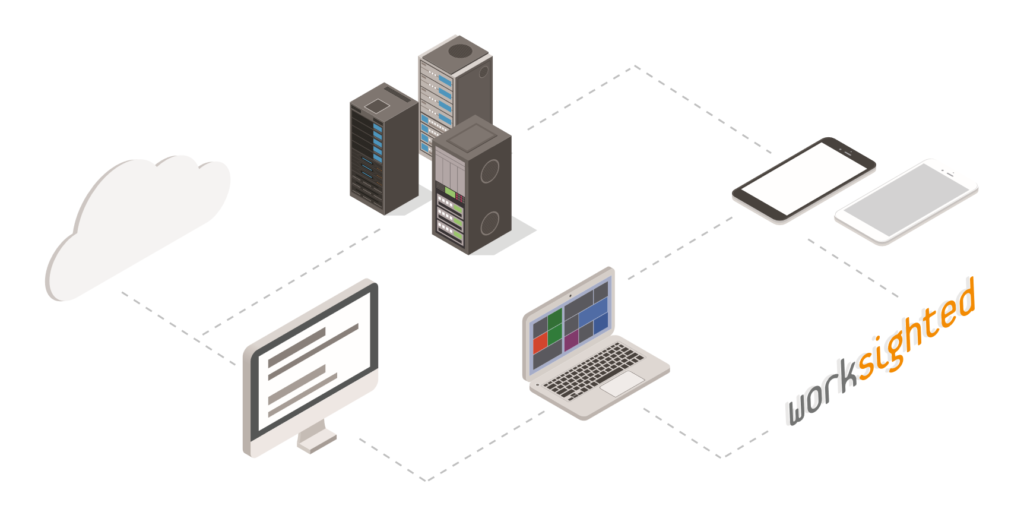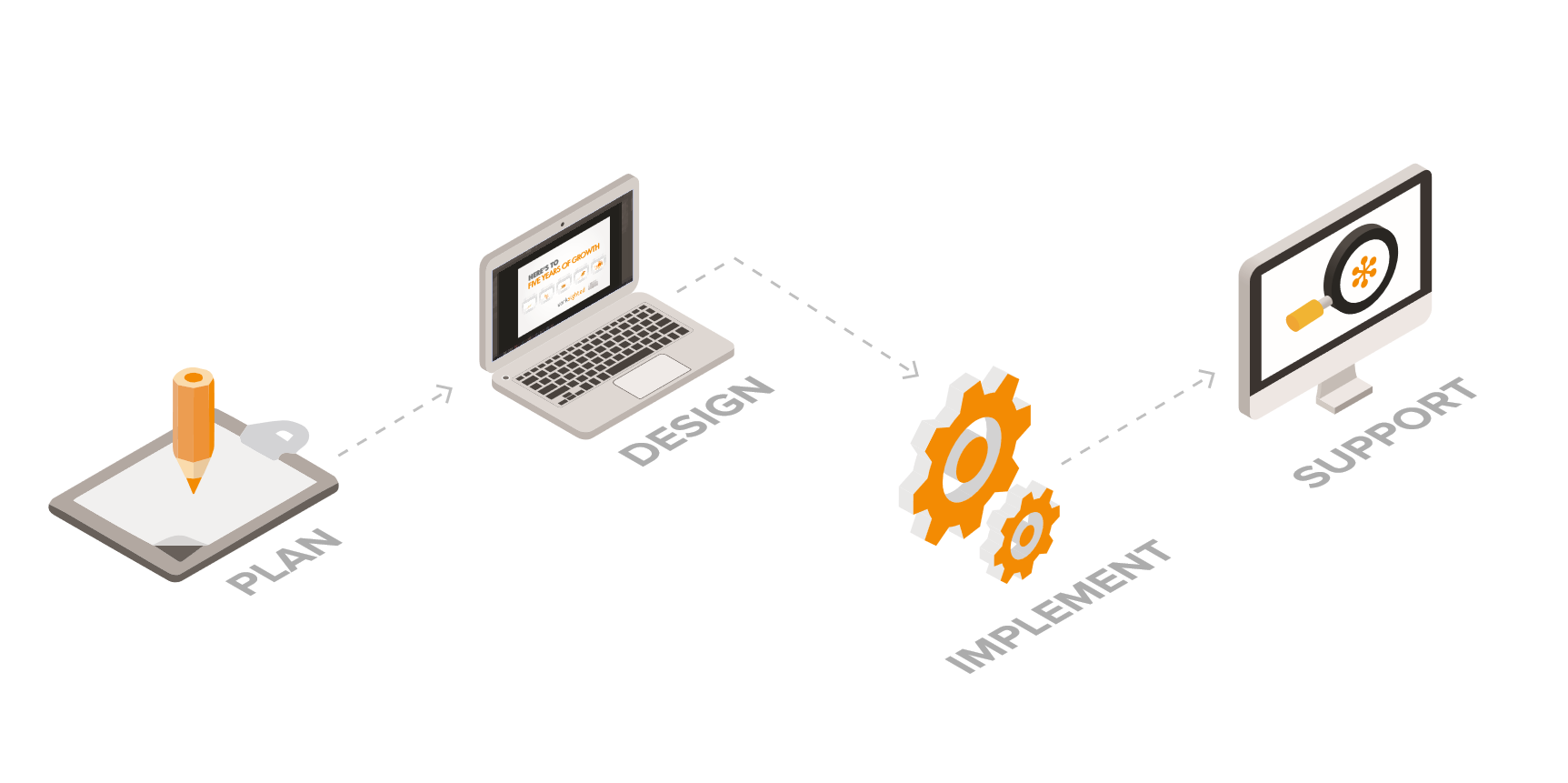Wireless Networking Options for Education
There is a growing range of wireless networking options for education IT managers; the challenge is deploying the right technology for the right application. Schools have a range of corporate and education applications that can take advantage of wireless networks for greater location flexibility within and outside a school.
Traditionally, K-12 schools have relied on fixed LANs for data transfer between buildings and within dedicated computer rooms filled with workstations. Wireless networks were deployed primarily as extensions to the LAN as device technology advanced and notebooks and mobile devices became a standard way of accessing school portals and educational material. This approach worked well as an immediate way to bring the Internet out of the classroom. But it also led to a high access point and network management overhead.
Let’s take a look at today’s mix of wireless technologies and how they can be applied in schools.
Mobile Networks
Public mobile networks are now at LTE speeds in most parts of North America and cover most school locations. The advantages of using the public network are no infrastructure management and the fact that most students already have compatible mobile devices. The disadvantages are slower speeds in local areas and potentially high mobile data charges.
WiFi
Wireless LAN technology continues to advance at a rapid pace, and the latest 802.11 ac standard promises broad coverage at gigabit speeds. The advantages are high speed, infrastructure control, and an unlicensed spectrum.
WiFi has (almost) universal compatibility with client devices and is ideal for education applications, such as video streaming, where data costs are kept low. The biggest challenges with WiFi are access point and network management and security.
Satellite
Satellite networks can be used for remote teaching and learning where students are not able to travel to a school. Satellites have the advantage of reach but have high latency and require specialist equipment.
Bluetooth
Bluetooth has some interesting applications in education, such as sharing content within a personal area network of devices. Bluetooth is ubiquitous among mobile devices.
Near-Field Communications
Near-field communications is gaining popularity for mobile banking but can also be used for access control in labs and other restricted areas of the school. The short-range technology can also be used to “clock on” students to show attendance at school and classes.
Wireless networks have different properties for different applications. Use the right mix to get the best educational outcome.




